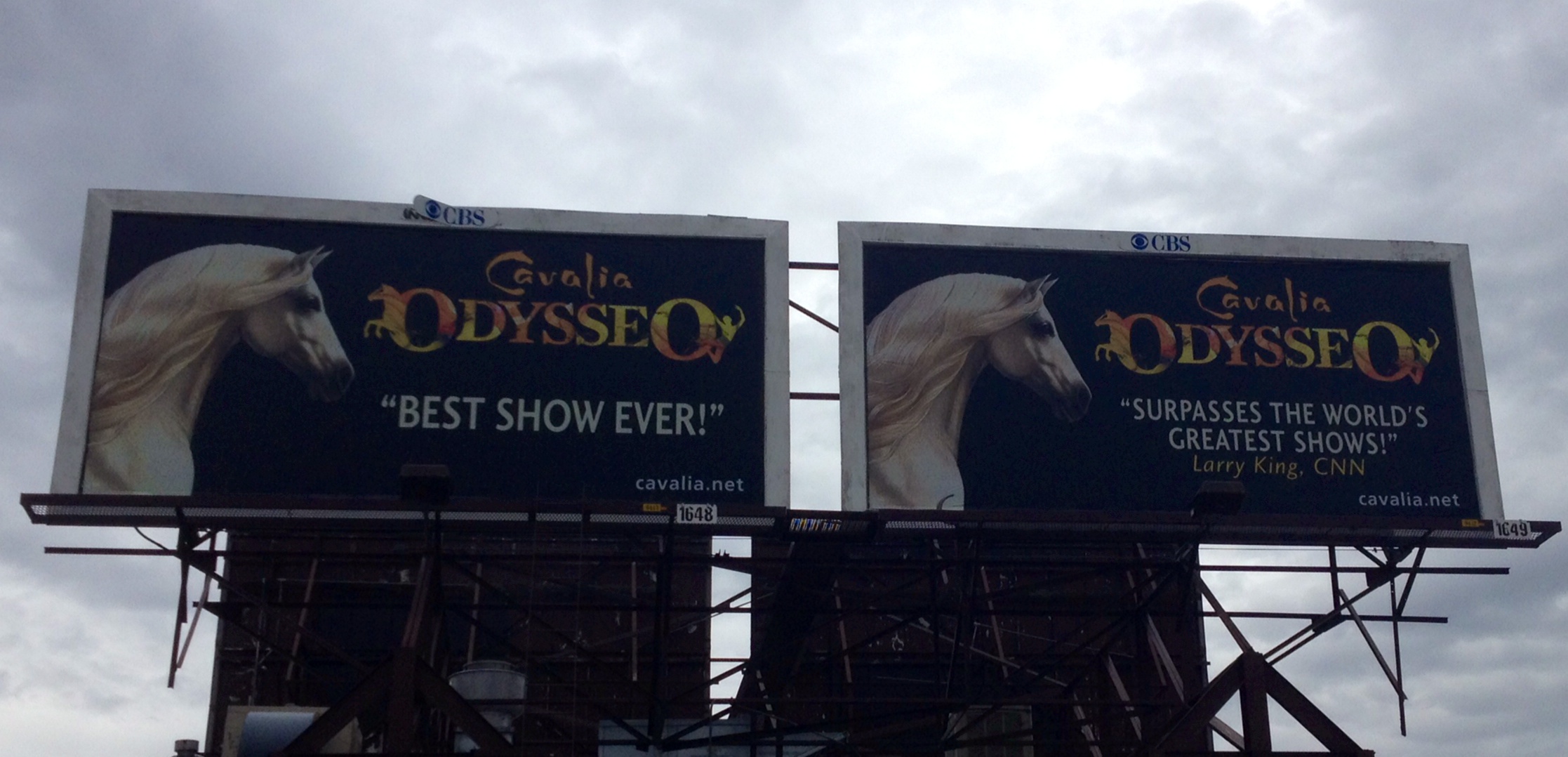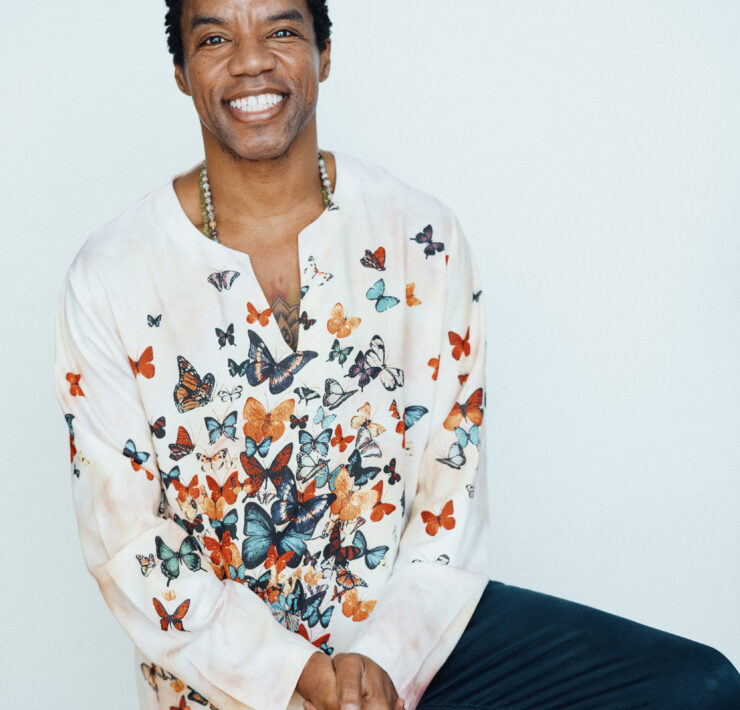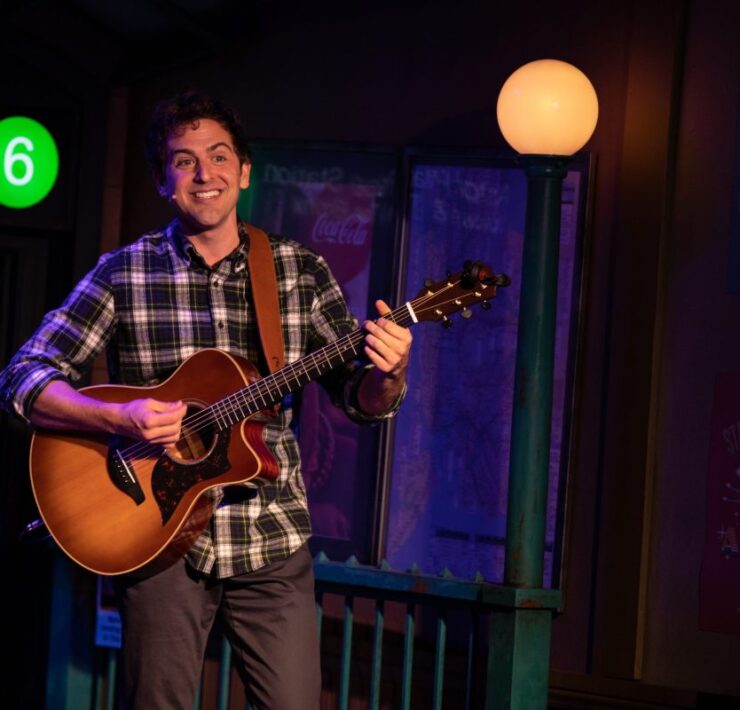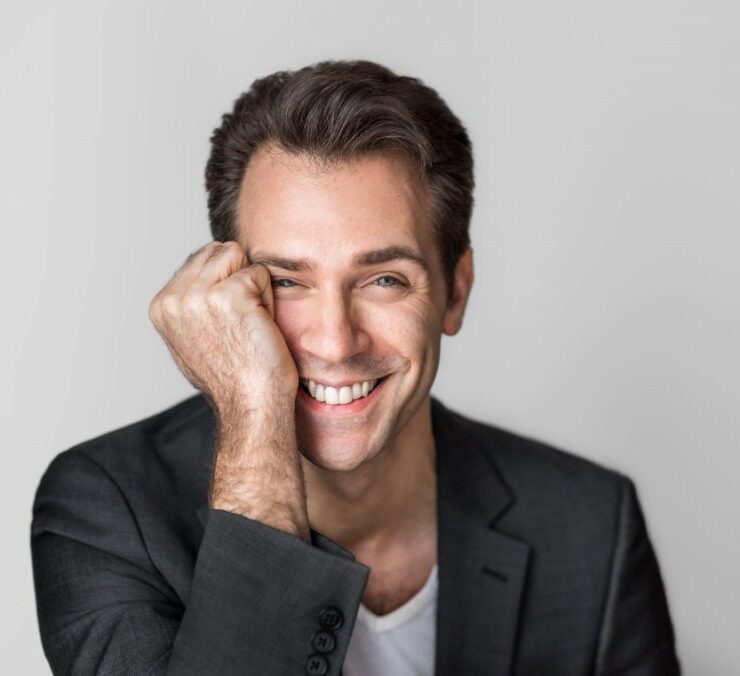Pioneering Odysseo

There is simply no escaping the hype around “Odysseo” in Denver this month. Their marketing campaign is aggressive, and artistic director Normand Latourelle says that the billboards and bus signs are meant to be distinguished, original, and distinctive, just like “Odysseo.” I got the opportunity to sit with Mr. Latourelle, whose excitement surrounding the show he’s clearly worked so hard on was quite contagious. I found myself getting goosebumps as each question I asked was met with an enthusiastic and passionate answer.
You got your start in Cirque du Soleil.
Yes, I was there at the very beginning. I knew I wanted to get into the music industry, but I also wanted to revolutionize the way performing arts and music meshed. I used to tell people it was a circus without animals. In fact, I had to describe the shows using lots of negative language: It’s not a circus, though there are circus aspects. It’s not a musical, but it has elements of a musical. Because when you do something for the first time, it’s too difficult to describe something that people have never seen before.
So Odysseo is sort of in that same vein
Yes, it’s very hard to describe. “Odysseo” is the world’s only 6-D show and it stars 62 horses and 46 artists.

Oh wow. What do you mean by 6-D?
The show is very layered. It combines aspects of a movie with aspects of the theatre, but it is distinctly neither of those things. The movie portions are projected in a very 3-D way onto IMAX screens, creating depth, but there is also an actual forest on the stage. There’s a mountain, created with real sand and sculpted by bulldozers and plows which end up looking minuscule next to it. There are 173 motors, all moving seamlessly to create dimension, hoops for acrobats, a large carousel that lowers into the arena. We end up doing something I like to call the “big splash” where we fill the stage with 80,000 gallons of water. It’s a show that creates a landscape that creates a journey, and it integrates with the audience in a hypnotic way.
Describe the artistic direction of the show.
It’s inspired by my Canadian farm. I look out the window of that farm, and I see mountains and nature and horses, and it takes my breath away. I wanted to bring that to the show. True beauty comes from nature, so I made the stage big enough for horses to have as much freedom as they wanted. I created something like a horse playground so I could recreate and reproduce natural behavior.
What kinds of equipment do you use to achieve the special effects?
I mentioned the 18 tonne merry-go-round being lowered onstage, but one of the more technical issues was finding a surface that would work. We use 10,000 tonnes of dirt, but the dirt itself became an issue. We have to have a surface that allows for horses, tumblers, acrobats, and performers on stilts all being able to gallop, tumble, flip, and perform stunts as needed. The stage is one of the most sophisticated on earth. I wanted the touring show to have the same or better quality as a permanent show in Vegas. We didn’t skimp on anything. The IMAX screens have the most pixels in the world. We combined the oldest technology (horses) with the newest technology.
This show doesn’t actually take place inside the Pepsi Center, but instead in an unbelievably huge white tent just outside the arena. Let’s talk about “The Big White Top.”
I wanted to have a show that truly reproduces nature. I conceived the stage first, as I did when I first started Cavalia 11 years ago. Horses need ten times as much space as a human performer, so I knew I needed to create an absolutely gigantic stage. We also needed to conceive a tent that could accommodate the stage. I drew inspiration when I came to Denver for the 2001 Colorado State Fair, and landed at the Denver International Airport. I quickly took a picture of the airport with the mountains in the background, and I sent it to our tent designers and we knew our concept. I didn’t want any structure to be visible from the inside space, so there are large arches from the outside that keep the tent and all of the motors suspended. The Big White Top is truly one of a kind.
What were some of the most difficult technical hardships you experienced?
The engineering for the grid and arches to make the show and stage possible were the most challenging. I would say finding the correct surface of sand for our performers who need to flip and gallop, but also flood with water and drain properly was the second most challenging. And then the fact that we’re a travelling show is also very difficult. We need to set up and move the entire production in 16 days. The first time we attempted to move, it took five weeks, so it’s very hard to do this in 16 days.
What final words do you have for your audience?
Whether you’re 4 or 104, horse lover or not, you will love this show. I truly believe this is the best touring show in the world.











